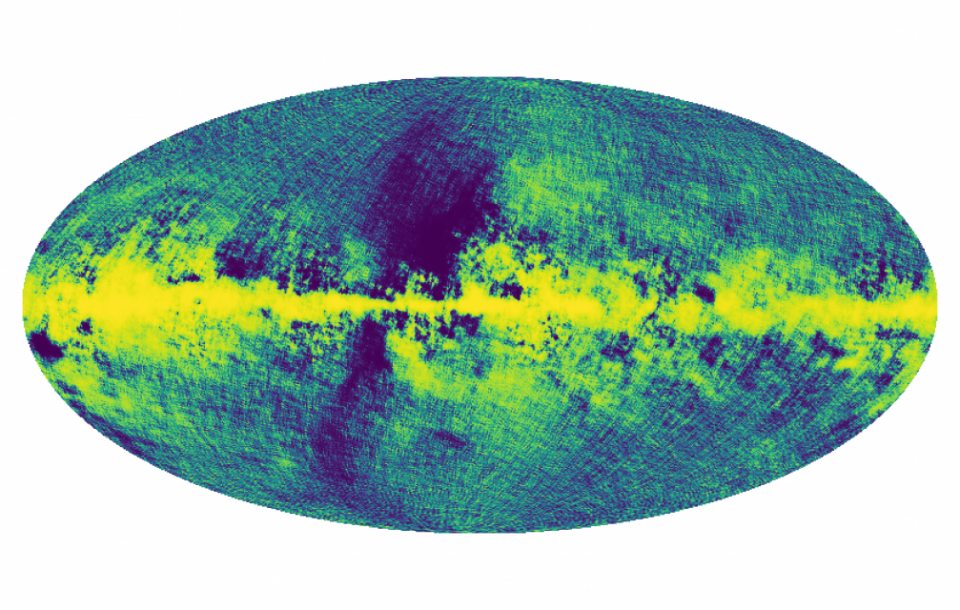Denys Wilkinson Building, Department of Physics, University of Oxford, Keble Road, Oxford OX1 3RH
Keir Rogers (Toronto)
Searching for the fundamental nature of dark matter in the cosmic large-scale structure
The fundamental nature of dark matter so far eludes direct detection experiments, but it has left its imprint in the large-scale structure (LSS) of the Universe. Extracting this information requires accurate modelling of structure formation and careful handling of astrophysical uncertainties. I will present new bounds using the LSS on two compelling dark matter scenarios that are otherwise beyond the reach of direct detection. Ultra-light axion dark matter, particles with very low mass and astrophysically-sized wavelengths, is produced in high-energy models like string theory ("axiverse"). I will rule out axions that are proposed to resolve the so-called cold dark matter “small-scale crisis” (mass ~ 10^-22 eV) using the Lyman-alpha forest, but demonstrate how a mixed axion dark matter model (as produced in the string axiverse) could resolve the S_8 tension (mass ~ 10^-25 eV) using Planck, ACT and SPT CMB data and BOSS galaxy multipoles. Further, I will set the strongest limits to-date on the dark matter — proton cross section for dark matter particles lighter than a proton (mass < GeV). The LSS model involves one-loop perturbation theory (EFT of LSS), a non-cold dark matter halo model and, to capture the smallest scales, a machine learning model called an "emulator", trained using hydrodynamical simulations and an active learning technique called Bayesian optimisation.

